Today’s Army is “on the right path,” says Army Secretary Christine Wormuth, but that path will be “steep and rocky” for the next couple of years.
“I think we are facing the most dangerous security environment I’ve seen in my professional career,” she said in an interview. At the same time, the Army faces “constrained” resources and a budgetary top line that has been “largely flat,” she said, and a “very, very politicized environment” that makes it difficult to talk through challenges and make decisions.
The biggest hill for the Army to climb is recruiting. The Army is still falling short of its recruiting goals, but it is making progress, and the service is eyeing some fundamental changes, Wormuth said.
Modest Gains
Big changes are coming in terms of how the Army recruits new members and the force structure they’ll be called on to fill. Announcements are expected during the Association of the U.S. Army’s 2023 Annual Meeting and Exposition in October.
Recruiting is a major challenge for all the services. Wormuth said the Army’s path is “steeper and rockier than is ideal,” but she sees room for optimism. “Recruiting, I think, is looking somewhat brighter. We are going to finish this year considerably better than we did last year,” she said, noting that the Army completed about 300 contracts a week in August. “That’s a lot,” she said.
This isn’t a complete victory, she acknowledged, but the Army will end the fiscal year “several thousand higher than what we made last year,” she said. She also expects the Army to be in a “better position” for recruiting in 2024 and 2025 as the service looks to changes that will involve how the recruiting workforce is selected, trained and managed and refocusing the prospect market. The changes will be big, she said, hinting at “really fundamentally going in some different directions.”
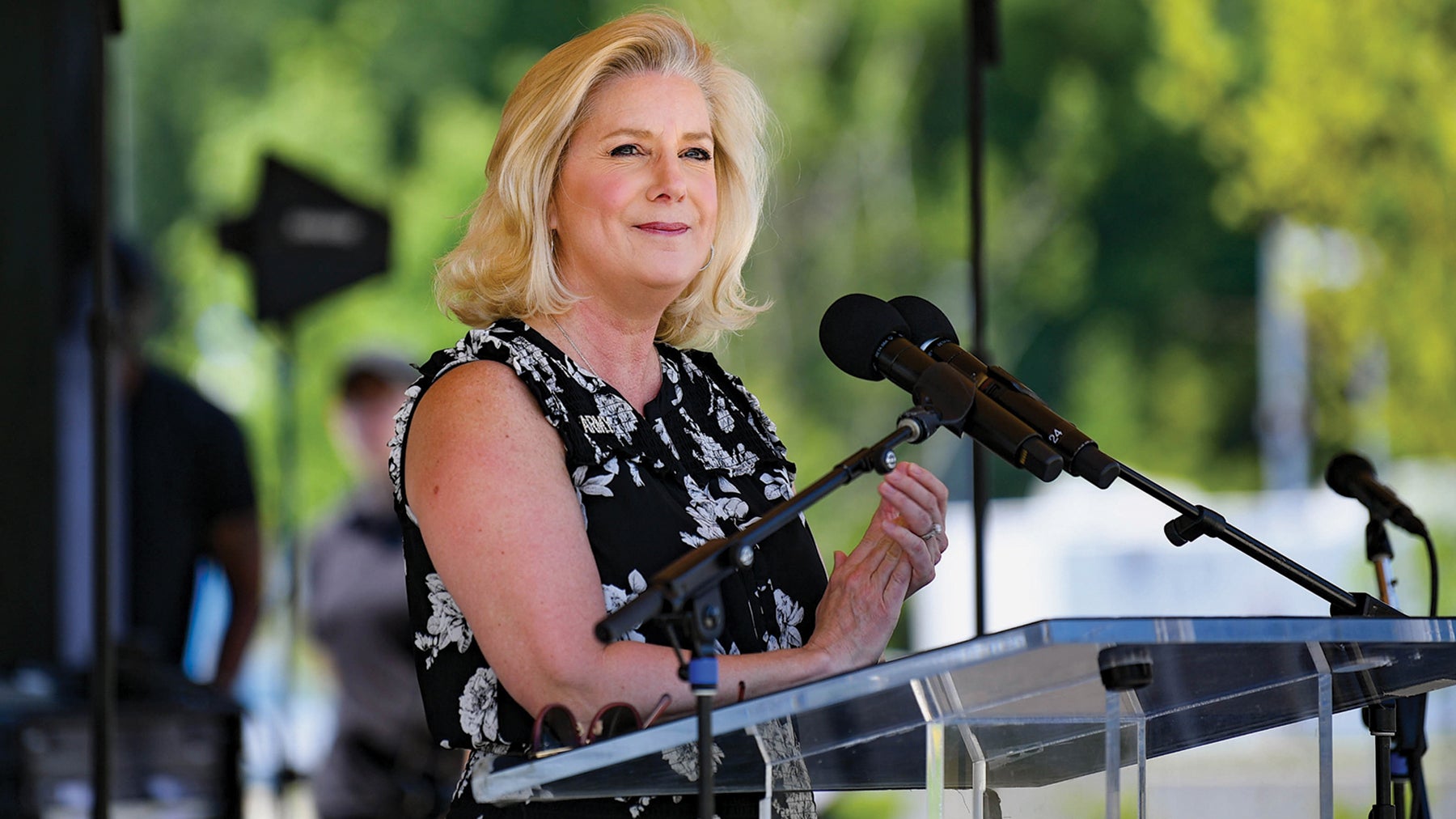
Changes Afoot
This all comes as the Army undergoes its biggest transformation in 40 years, one designed to provide new and better warfighting capabilities and reshape force structure. It’s a can’t fail mission because the Army must change so it is ready to deter or win the next conflict against any challenge or adversary.
“The new units that we are building are going to be fielding new weapons systems,” Wormuth said. She added that a bright spot for the future is that the Army’s modernization effort “continues to be going quite well.”
Hypersonic and directed energy weapons, the Maneuver-Short Range Air Defense system and the Next-Generation Squad Weapon program are examples of efforts that Wormuth said are making “good progress.” To afford everything the Army wants, it may need to shed older systems and some existing force structure, she said.
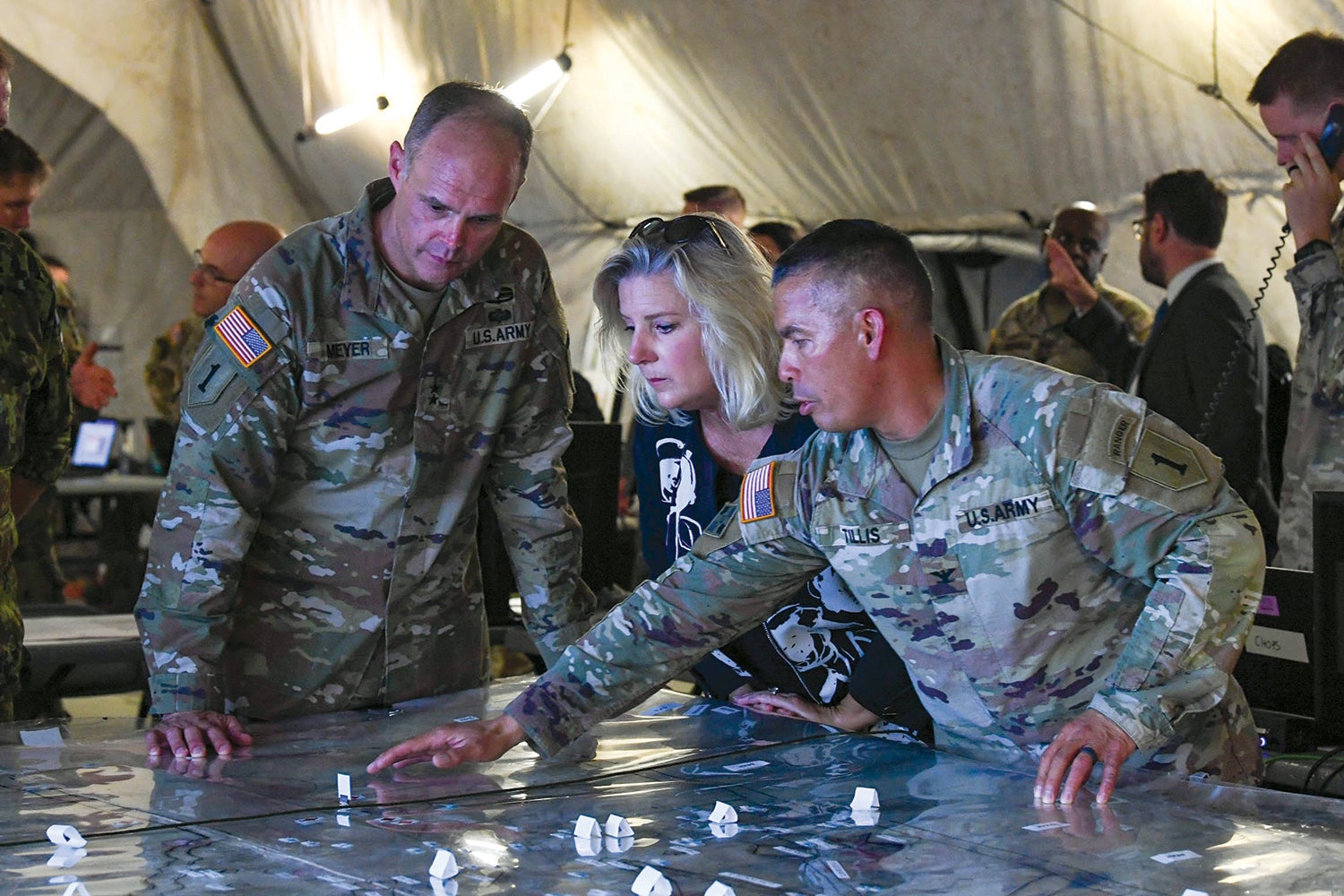
Prioritizing People
Wormuth, who has been the Army’s top civilian leader since May 2021, also is pleased that the Army “is on the right path” when it comes to taking care of soldiers and their families. “We have been investing a billion dollars a year in barracks,” Wormuth said. “I think in our next budget proposal you will likely see even more investment in barracks.” The improvements to barracks and other Army infrastructure are shared by Regular Army, Army National Guard and U.S. Army Reserve projects.
“We have a lot of infrastructure issues,” Wormuth said. “The Army’s inventory is just so enormous, and so that is something we really have to invest in.”
Efforts are also underway to improve pay. “Our soldiers are seeing pay raises that I think are substantial,” she said. Troops are in line for a 5.2% raise in January, slightly higher than the 3.25% increase in consumer prices in the 12 months preceding August.
The Army’s also made policy changes that have helped improve quality of life for soldiers and their families, like providing 12 weeks of paid parental leave. Wormuth said members of her team have already benefited from this change as they welcome children into their families. “That has been hugely popular and hugely valuable for men and women alike,” she said.
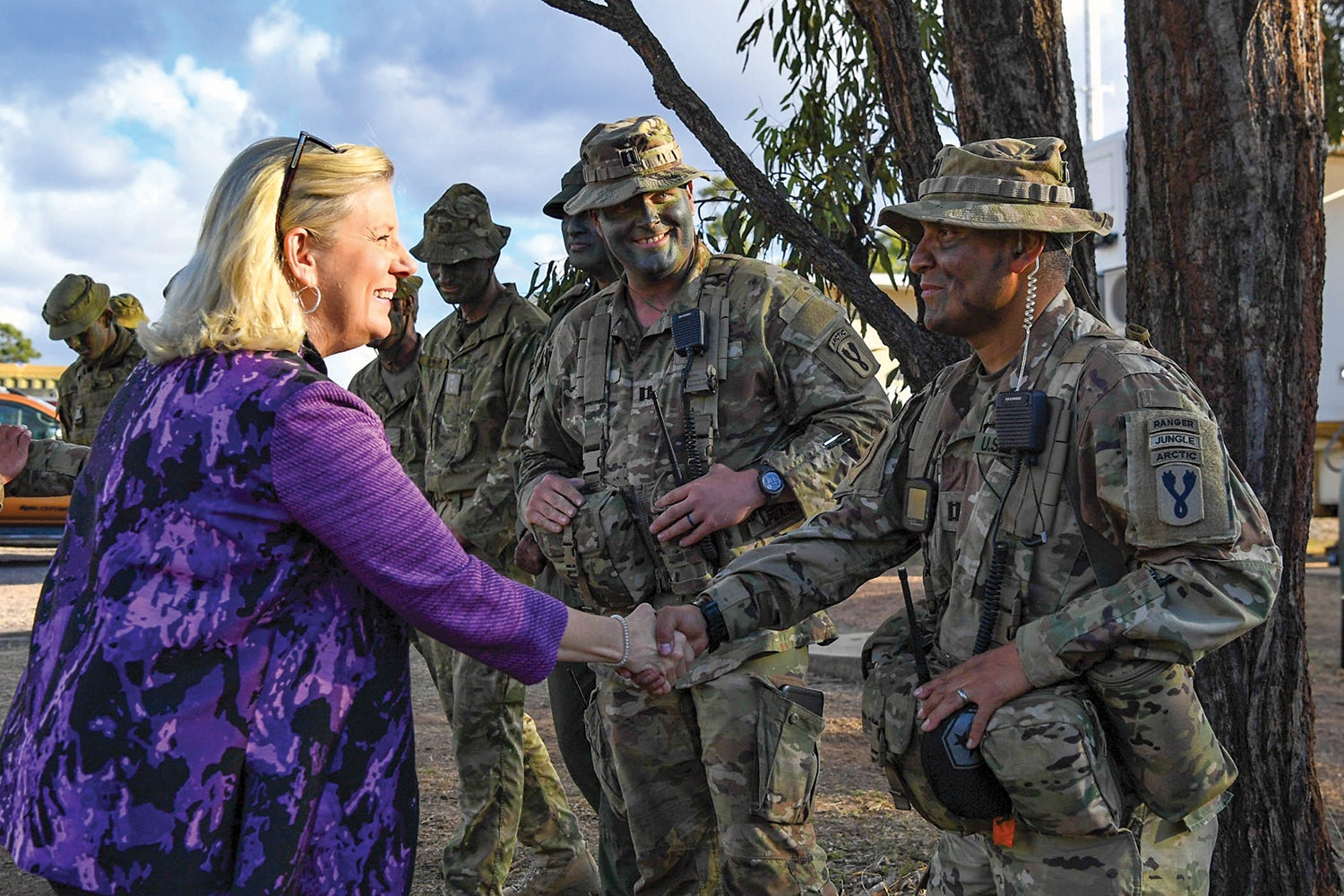
Better Teammates
Efforts also are underway to build cohesive teams and reduce harmful behavior, Wormuth said, citing a program at Fort Riley, Kansas, called Operation Victory Wellness as an example. Launched in 2020, Operation Victory Wellness is a comprehensive program for soldiers, civilians and families that addresses physical, emotional, social, family and spiritual needs.
The program has resulted in reduced suicides, domestic violence and alcohol abuse issues, Wormuth said. “Most of our major installations have something like that. We have been investing in our Health and Holistic Fitness program that a lot of our sergeants major tell us is really helpful,” she said. “They feel like that is doing a lot to just increase mental health and resilience.”
The Army also has started hiring the first wave of a workforce dedicated to preventing sexual assault and other harmful behaviors, Wormuth said. Part of their work will focus on following and identifying patterns and trends to better allocate resources, she said. They also will be experts in fields such as psychology, sociology and social work and able to provide advice and counsel to senior commanders on how to reduce harmful behaviors in their formations.
“We’ve done a lot, I think, to take care of soldiers and families,” Wormuth said.
Wormuth said she feels the operational side of the Army is on the right track. “We have been instrumental in training the Ukrainians to prosecute the counteroffensive,” she said. “We have been instrumental in the reassurance mission with our allies and partners. We’ve been instrumental in providing lethal assistance, obviously to the Ukrainian armed forces.”
At home, the Army is “investing substantially” in the organic industrial base, she said. The result is a significant increase in munitions production that both supports Ukraine and replenishes U.S. Army stockpiles. A prime example is the dramatic increase in production of 155 mm artillery rounds. Production jumped from 10,000 rounds a month to 20,000, she said, with production expected to increase to 75,000 rounds a month by late 2025. “That’s because of all of the investments we’ve been making,” she said.
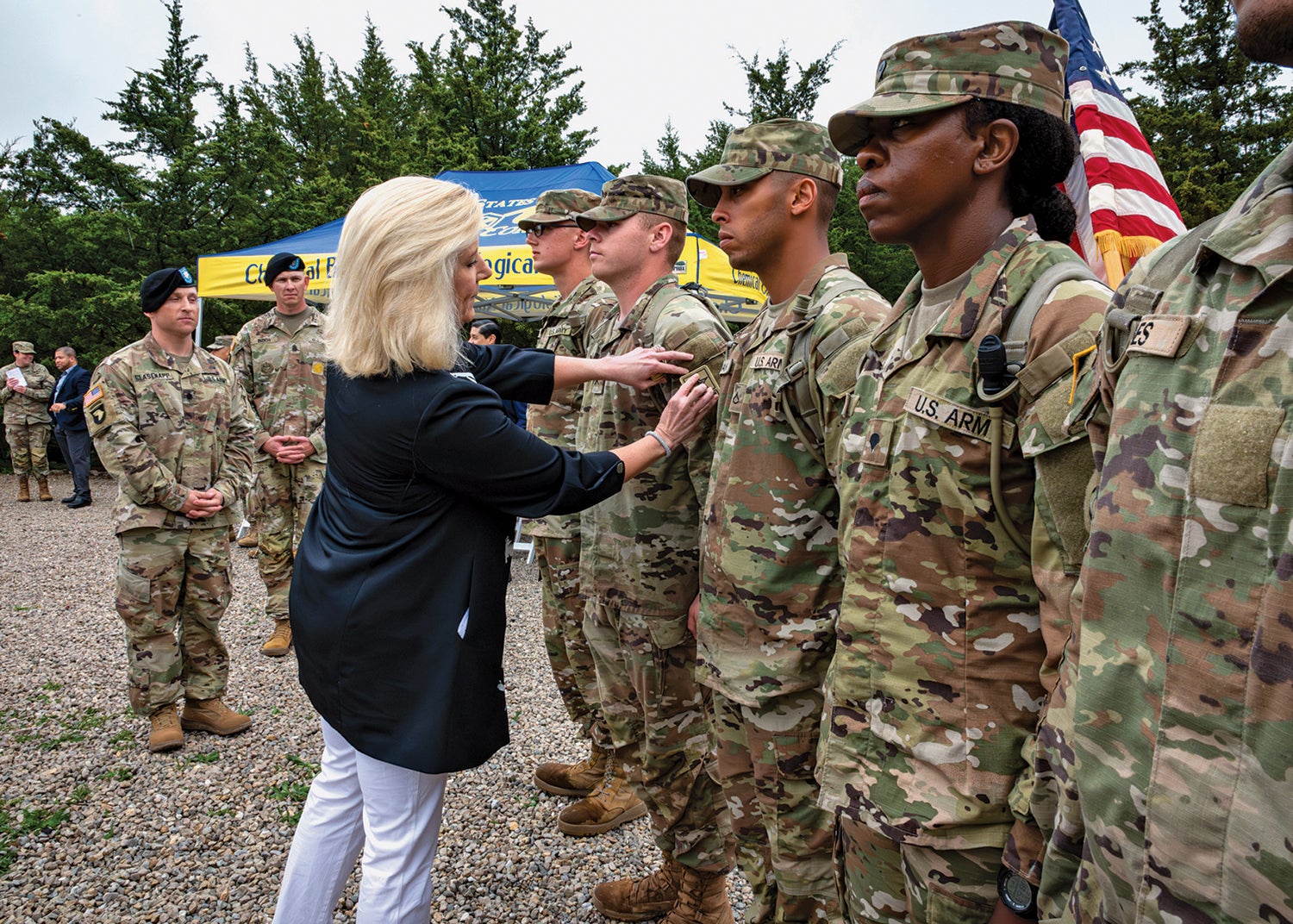
Pacific Presence
The Army also has been successful in demonstrating the vital role land forces play in the Indo-Pacific, she said. In Australia, the Talisman Sabre 23 exercise, involving nearly 30,000 troops from 13 countries over several weeks in July and August, included joint logistical over-the-shore exercises and live-fire elements, Wormuth said. Afterward, the U.S. left equipment sets in Australia that could be useful pre-positioned stocks in the future.
The largest combined training exercise involving Australia and the U.S. saw two weeks of what the Australians described as high-end warfighting involving land, air, sea, cyber and space forces in complex maneuvers. Part of the value was to see the Army’s 3rd Multi-Domain Task Force in action, said Wormuth, who visited soldiers during Talisman Sabre, and to clearly identify the value that capabilities like the long-range hypersonic weapon will have in the Indo-Pacific.
That’s not to say Wormuth is fully satisfied with the recognition of the major role the Army should play in the Indo-Pacific. “There is definitely more to be done,” she said. “One of the things I’ve come to appreciate as a leader is there is no such thing as overcommunication. … On important things, you usually never say it enough times and explain it enough times.”
Still, she said, there has been great progress. Members of Congress were once “openly skeptical about the role of the Army in the Pacific,” she said. “The responsibility is on us to just constantly explain the different things we are doing and how we would be contributing to the joint force.”
The Army’s Project Convergence exercises, which are conducted alongside the other services, have helped expand appreciation for what the Army can do. Wormuth said many of the exercise scenarios have been focused on the Indo-Pacific, and buy-in from other nations has also been supportive.
Wormuth said she expects the Army will have to continue selling its Indo-Pacific capabilities. “I don’t think we can afford to stop talking about it, because I think it is like a lot of things, where the boulder will roll back down on you,” she said.
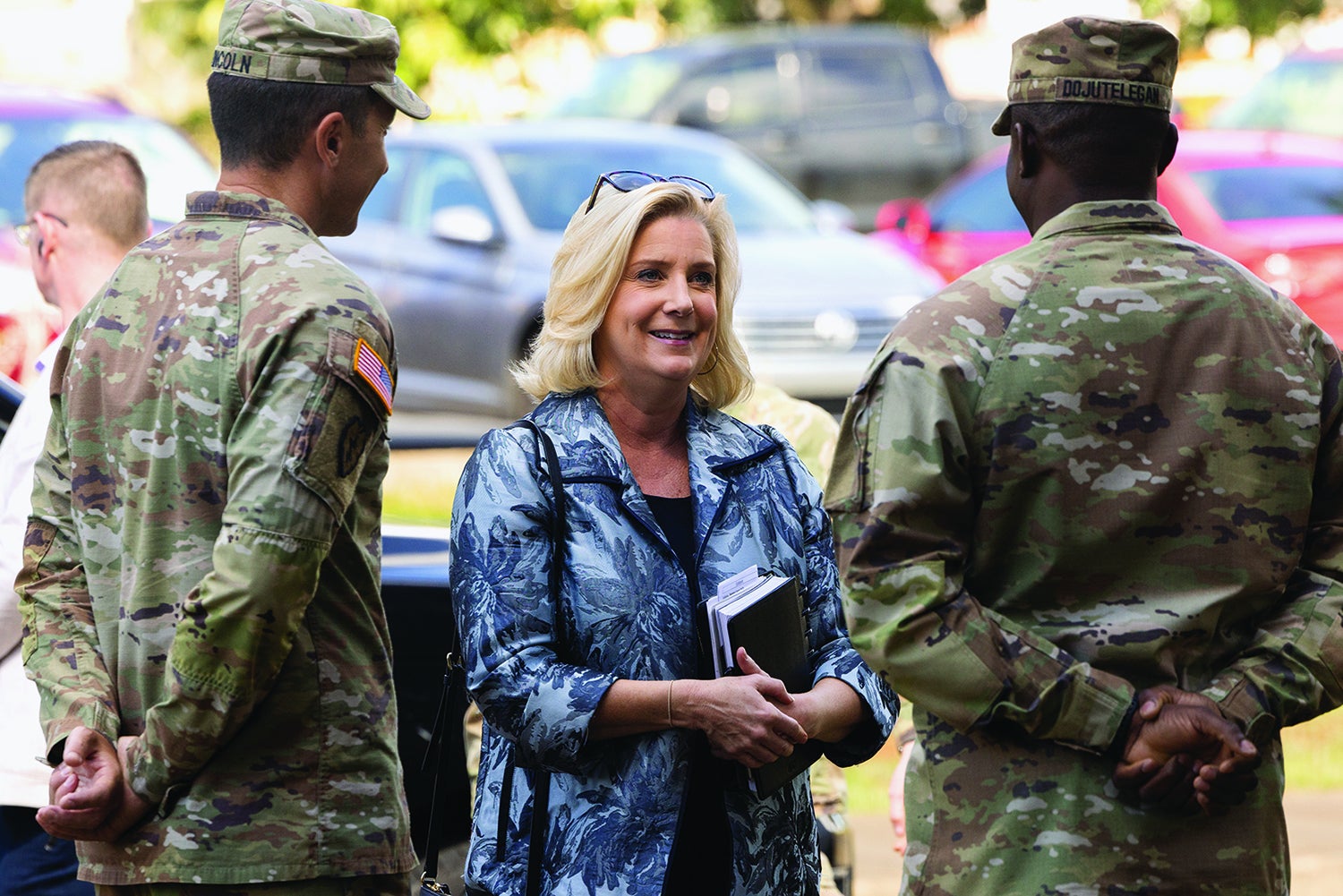
Battle Lines Drawn
The Army’s role in Europe is easier to grasp. “The Russian invasion in Ukraine has, in my mind, only reinforced the understanding of the kinds of contributions that the Army would make if we ever got into a war,” Wormuth said. The Army “will be kind of the center of gravity there if that ever comes to pass,” she said. “No one needs to have that pointed out to them because it is so obvious.”
The Ukraine experience has validated what the U.S. Army is doing in terms of capabilities and doctrinal shifts, she said. “We were right to invest in more integrated air and missile defenses,” she said. “We were right to be looking at how to make our command posts much more mobile with much lower signature.”
The future requires a balancing act made more difficult by flat budgets, she said. “I’ve got a major modernization program I want to achieve. I know I need to take care of soldiers and families. I’ve got all this infrastructure inventory that I want to recapitalize. How do I balance all of that inside of a flat top line?”
The right approach is a balanced approach, which is what Wormuth plans. “Within a flat top line, we’re not going to be able to do all those things to the maximum degree,” she said. “Each year, [we] look very, very carefully at how do we strike that balance.”

